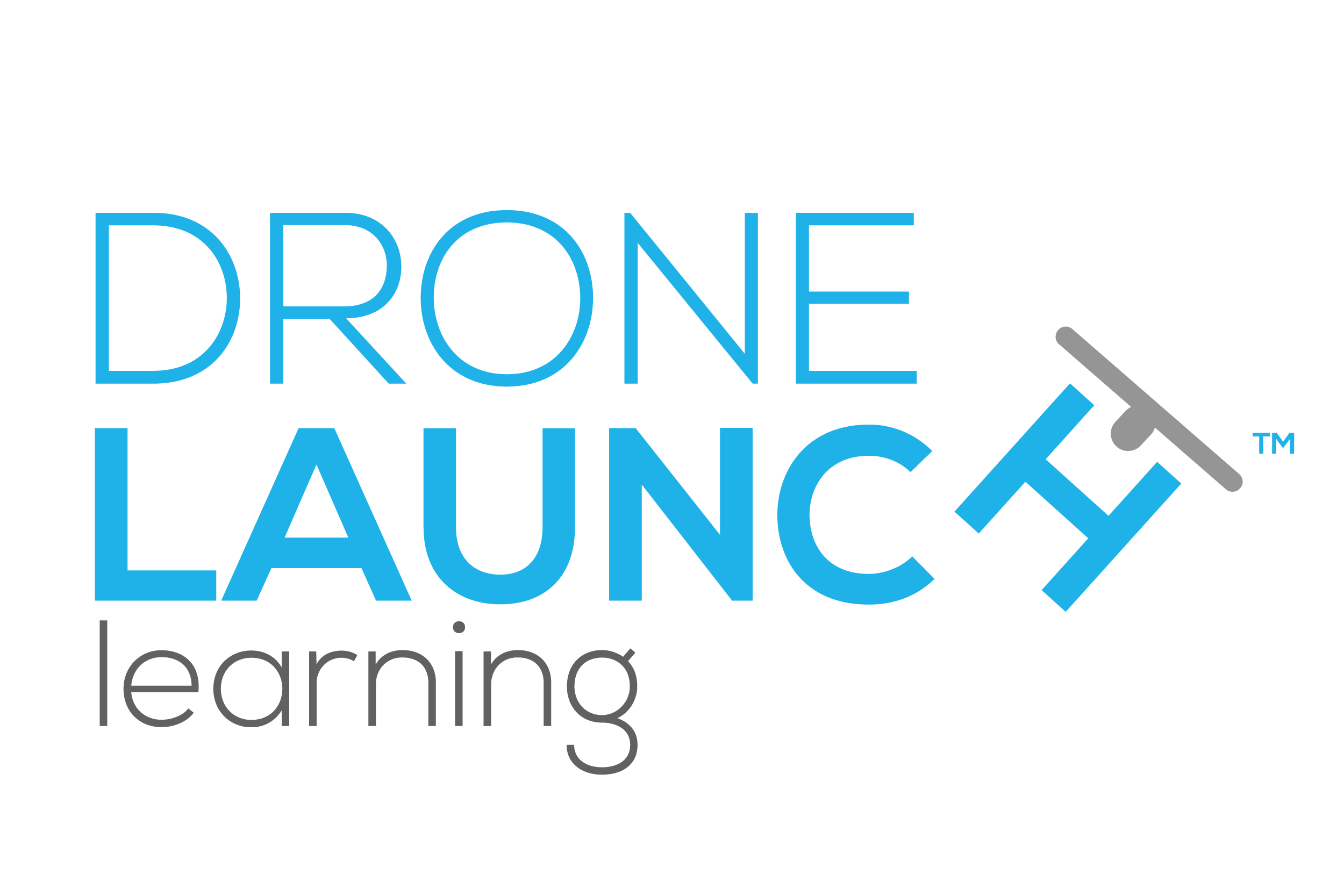Case Study Overview
The Challenge
Arab High School’s JROTC program wanted to give students a competitive edge by providing training that leads to tangible, marketable skills. They were looking for:
- A program that prepared students for the FAA Part 107 exam.
- A way to integrate drones into a structured CTE environment.
- Hands-on learning that went beyond “just flying for fun.”
- Opportunities for students to connect classroom learning to potential careers.
Instructor Keith Pritchett knew students might initially expect the course to be mostly recreational, but he set the tone from day one:
The Solution
Drone Launch Learning provided a complete drone education package, including:
- FAA Part 107 Prep: Comprehensive lessons, videos, and quizzes to prepare students for the certification exam.
- Flight Fundamentals: Training on core maneuvers such as yaw, pitch, hovering, and coordinated turns.
- Mapping & Modeling Modules: Hands-on projects using drone data for real-world applications.
- Teacher Support: A ready-to-use curriculum that allowed Keith to focus on guiding students through deeper learning rather than creating materials from scratch.
The program was paired with Arab High’s participation in EDU CoDrone competitions, where students applied their skills in autonomous flight challenges, operational planning, and team-based problem solving. In their first year, the team placed 11th out of 44 teams at a national competition.
The Implementation
Students progressed through online modules, in-class instruction, and structured flying days. While early weeks were heavy on study and exam prep, Keith made sure to incorporate regular flight practice—both manual and autonomous.
Key implementation points included:
- Weekly Testing & Accountability: Students took quizzes to reinforce knowledge and maintain momentum.
- Skill Progression: Starting with mini drones indoors, moving to outdoor flight and more advanced applications.
- CoDrone Programming: Exposure to both block coding and Python for autonomous flight challenges.
- Real-World Projects: Students applied skills to photography, videography, and conservation-focused ideas.
Two standout students, Amelia and McKenna, shared their experiences:
- Amelia plans to start a drone wedding photography business after graduation.
- McKenna wants to use drones for environmental conservation, such as tracking wildlife populations.
The Results
1. Student Achievement
Students not only learned to fly but also developed the knowledge needed to pass the FAA Part 107 exam. One student, initially thought to be at risk of struggling, earned the highest score in the class on the test.
2. Career Pathways
Graduates left the program with skills applicable to real jobs immediately after high school—in industries like media production, construction inspection, agriculture, and environmental work.
3. Competition Success
The school’s first-ever national competition appearance resulted in a top-quarter finish, building student confidence and teamwork.
4. Increased Responsibility & Maturity
By giving students full responsibility for safe, compliant flight operations, the program fostered professionalism and focus. Students learned that flying drones is not just about fun—it’s about accountability.
What’s Next
Arab High School plans to continue expanding its drone offerings, adding more hands-on flying earlier in the curriculum and incorporating additional technology like sensor kits to simulate drone capabilities before actual flight.
Keith sees the program as a vital part of CTE:
Bring Drone Learning to Your Students
If you're a school leader looking for a way to connect students to real careers, boost engagement, and bring hands-on learning into your classrooms, Drone Launch Learning can help.
Reach out today to learn how easy it is to implement drone education at your school, even if you’ve never flown a drone yourself.
Click below to book a 15-Minute call with our team to see if this is a good fit for your school.
